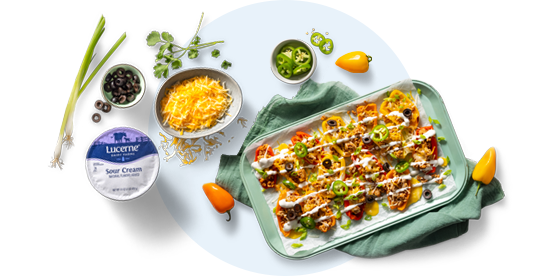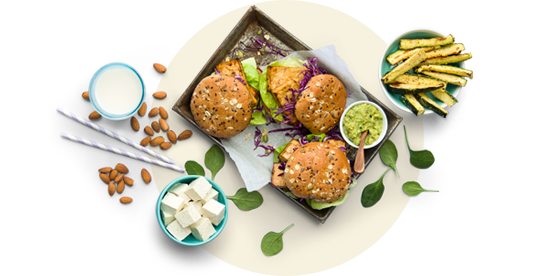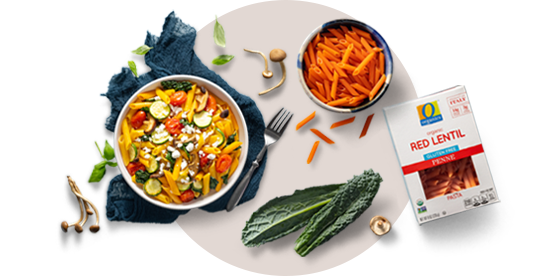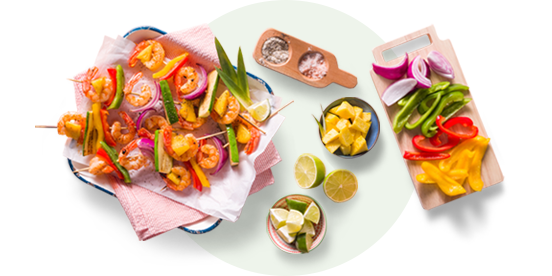What is plant-based?
A plant-based diet centers foods that come from plants, like fruits, veggies, nuts, seeds, oils, whole grains, legumes, and beans. Unlike vegetarianism or veganism, plant-based diets don’t exclude anything. They just have a proportionately large amount of foods from plant sources.
What is keto?
Also known as the ketogenic diet or low carb diet, the keto diet was originally studied as an intervention for epilepsy. Some recent studies are evaluating the keto diet as a dietary intervention for obesity and diabetes or metabolic conditions. The name “keto” stems from the body as it goes into ketosis. Without carbs for energy, the body breaks down fat into ketones. The ketones then become the primary source of fuel for the body. Ketones provide energy for the heart, kidneys and other muscles. The body then also uses ketones as an alternative energy source for the brain.
What is dairy free?
Dairy refers to products made from the milk of mammals (cow, sheep, goats, etc.). Dairy-free products do not contain any milk or milk derivatives.
What is gluten-free?
Gluten-free means the food item or product does not contain an ingredient: (a) that is any type of wheat, rye, barley or triticale, or (b) that has gluten proteins found such grains. Gluten-free can also be used on food that contains less than 20 parts per million of gluten. Unprocessed, whole foods like fresh fruit, fresh vegetables, legumes, fresh meat, plain dairy, plain nuts and plain seeds are traditionally gluten-free. There are also several gluten-free grains (like oats, amaranth, and rice) that can still be consumed on a gluten-free diet, but read the labels to confirm whether items are truly gluten-free as cross-contamination with gluten-containing grains during processing can occur.
What is vegan?
Vegan foods consist of 100% plants only, with no animal products or derivatives.
What is paleo?
Also known the Stone Age diet or Paleolithic diet, the paleo diet is modeled on prehistoric human diets and varies based on regional availability. While there are varying degrees of what is allowed and not allowed on the paleolithic diet, there’s a general emphasis on less processed foods and on whole/nutrient delivering foods (fruits, vegetables, grass fed meats, nuts and seeds) which may have positive impact on overall wellbeing.













